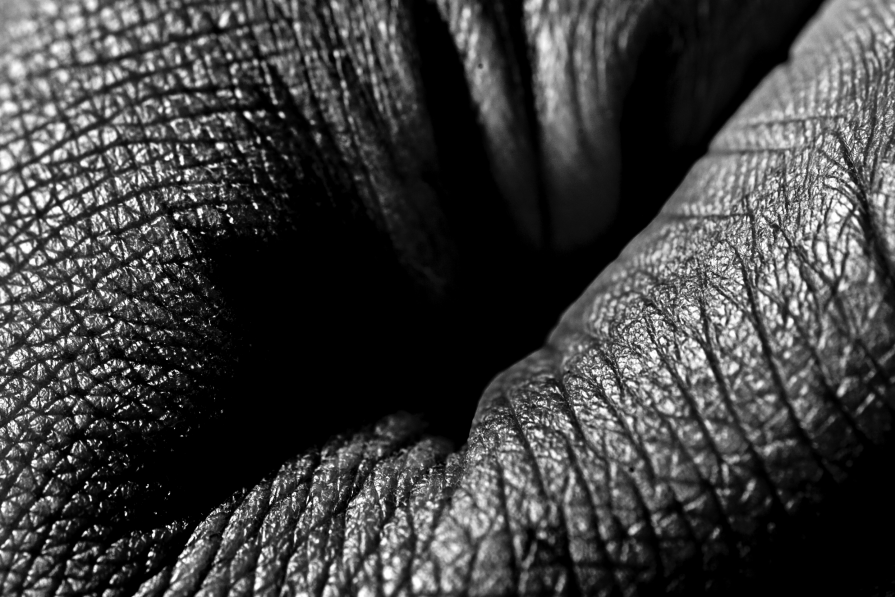
Black Hole
Time is one of the assumed yet irreducible terms of all discourse, knowledge and social practice. Yet it is rarely analyzed or self-consciously discussed in its on term.
Time has a quality of intangibility, a fleeting half-life, emitting its duration-particles only in the passing or transformation of objects and events, thus erasing itself as such while it open itself to movement and change. It has an evanescence, a fleeting or shimmering, highly precarious identity that resists concretization, indication or direct representation. Time is more intangible than any other thing, less able to be grasped conceptually or physically. This is perhaps why Derrida, is the sentence above, wants to grant it the status of the invisible: that to which we are blind.
Inside the definition of Time we can find the being and the becoming between two lapses of time, that we can define “duration” our personal and intimate definition of “duration”.
The work is oriented to explore the personal and intimate concept of duration as both physically and psychologically through exploration of segments, lines, and wrinkles of our body, in particular human hands for the moment but with the intention of use all the other part of the human body.
As easily we can find on Internet “a black hole is a geometrically defined region of the space-time, which has strong gravitational effects that nothing can escape from inside it”.
They have an event horizon, a boundary in space-time through which matter and light can only pass inward towards the mass of the black hole. Nothing, not even light, can escape from inside the event horizon. The event horizon is referred to as such because if an event occurs within the boundary, information from that event cannot reach an outside observer, making it impossible to determine if such an event occurred. To a distant observer, objects near a black hole appear to move more slowly than those further away from it. Due to this effect, known as gravitational time dilation, an object falling into a black hole appears to slow down as it approaches the event horizon, taking an infinite time to reach it.
We can state that, exploring a more intimate and personal point of view, as nothing can escape from inside it, in the same way the feeling and the emotions cannot escape from inside our bodies, they cannot be considered as detached entities. They are affected and conditioned by the external pulses that our bodies receive.
Considering the scientific definition of black hole we could have an “infinite duration” if something is falling into one of it. The purpose of my artwork is trying to connect this concept of “infinite duration” across the details of human body with our emotions and feeling trying to recreate an intimate view. Can we tell our bodies have an “infinite duration”? Firstly I’ve tried to print and transfer the images of details of bodies on different materials having an “infinite duration” as acetate paper, copper, and cement. Then I’ve decided to focalize my practice in a more intimate and personal side of the matter; at this purpose I’ve tried to imagine what could be the feelings and the emotions that we can feel inside a black hole and I’ve found very suitable at this purpose a poem written by Italian poetess Alda Merini “Mi basta solo una lieve carezza che faccia tremare un po’ la mia vita”.
I’ve tried to reproduce feelings of weakness, intangible, highly precarious but also lovable, alluring and unexpected having in mind the words of Alda Merini; because I imagine a black hole as a space in which everything is evanescence, everything is fixed and frozen; a space with a precarious and ephemeral equilibrium but meanwhile a space safe and astonishing.








Comments 0
Say something